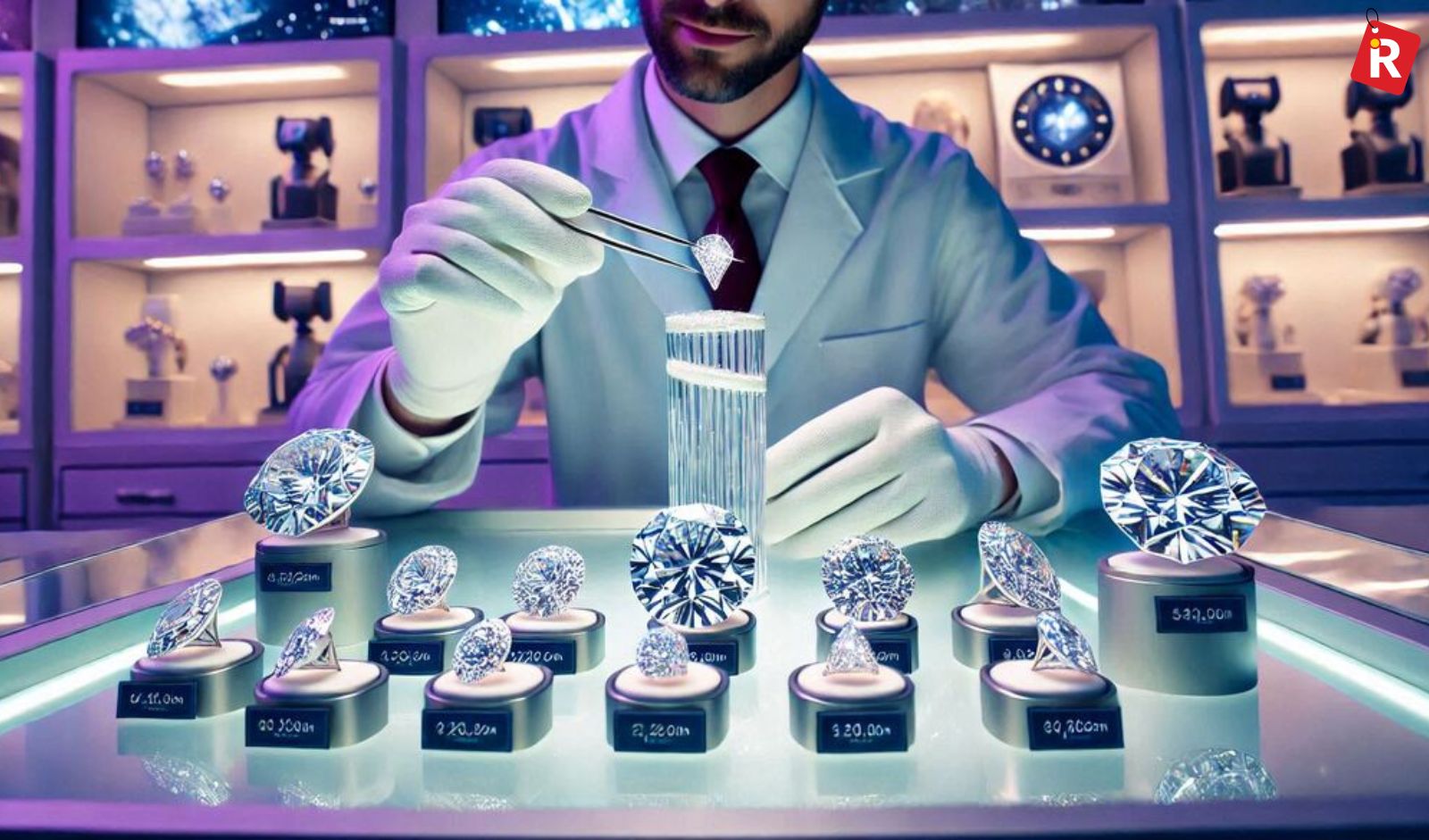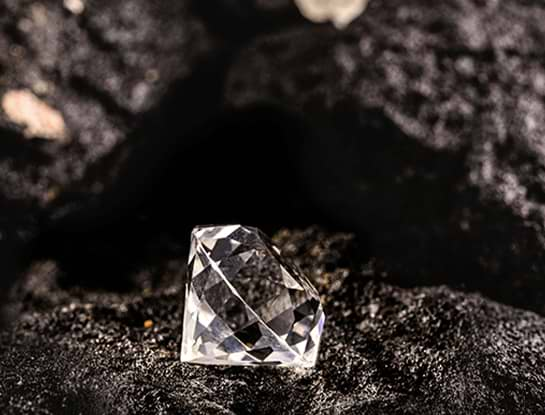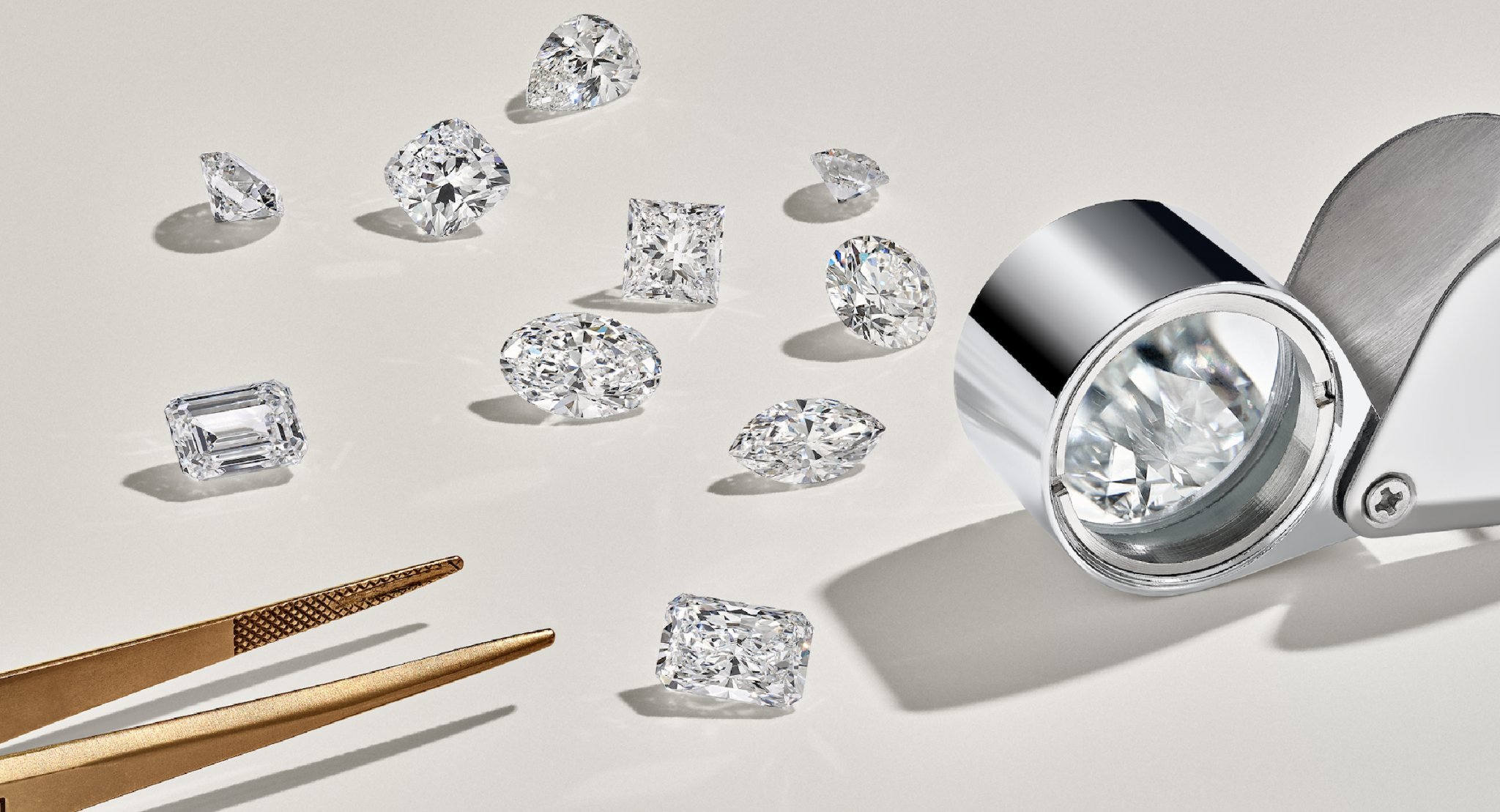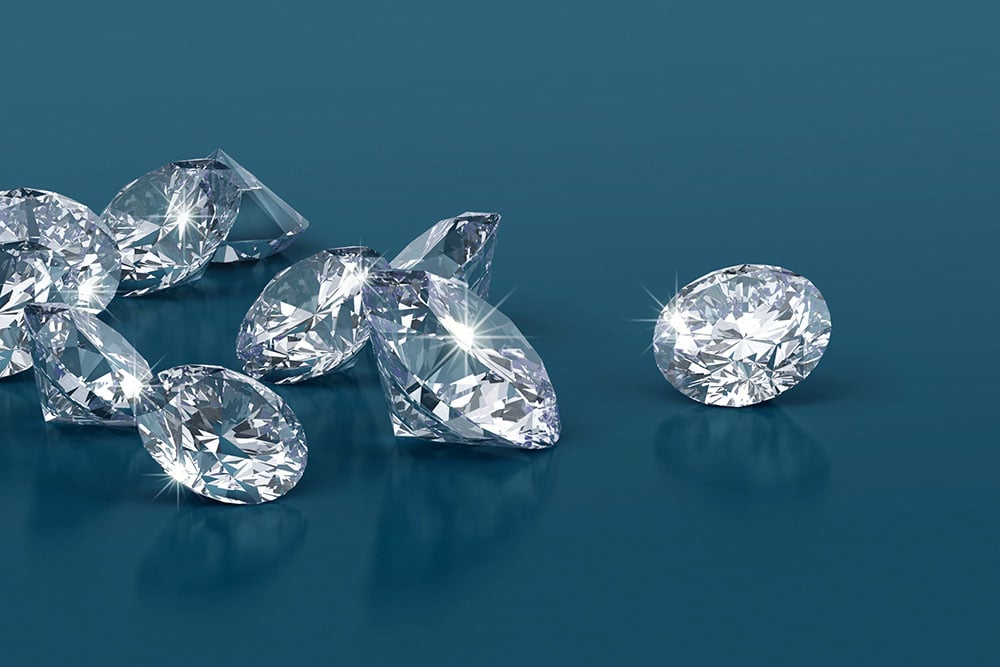 Posted On
Posted On
Understanding the 4Cs of Lab Diamonds: A Comprehensive Guide
 Posted On
Posted On
When purchasing a diamond, whether it’s a lab diamond or a natural one, understanding the 4Cs of lab diamonds is crucial to making an informed decision. The 4Cs—Cut, Color, Clarity, and Carat weight—are the four key factors used to assess the quality and value of a diamond. These criteria are universally applied to both natural and lab diamonds, and knowing how each of these elements influences the overall appearance of a diamond can help you choose the perfect stone. This article will take you through each of the 4Cs of lab diamonds, explaining their significance and how they contribute to the beauty and value of your diamond.
Table of Contents
Cut: The Most Important of the 4Cs of Lab Diamonds
The cut of a lab diamond is often considered the most important of the 4Cs of lab diamonds because it determines how well the diamond interacts with light. A well-cut diamond will have superior brilliance, sparkle, and fire. The cut refers to the proportions, angles, and symmetry of the diamond, and it plays a significant role in how the diamond performs visually. While the shape of a diamond (such as round, princess, or emerald) is often what people notice first, the cut directly influences the diamond’s overall appeal.
A diamond with an excellent cut will have the ideal proportions that allow light to enter, reflect off its facets, and return to the top of the stone, creating a brilliant, dazzling effect. If the cut is poor, light can leak out from the sides, resulting in a duller appearance. When shopping for a lab diamond, always prioritize the cut to ensure the diamond shines at its fullest potential.
Color: The Subtle Elegance of Lab Diamonds
The color of a lab diamond is the second critical factor in the 4Cs of lab diamonds. Color is graded on a scale from D (colorless) to Z (light yellow or brown). Lab diamonds are available in a range of colors, and the less color a diamond has, the more valuable it typically is. Diamonds with the highest color grades—D, E, and F—are considered colorless and are the most prized. As the color grade decreases, the diamond will exhibit a slight yellow or brown tint.
When choosing a lab diamond, the color is an important consideration for buyers looking for a clear, bright stone. However, the color of a lab diamond may not be immediately noticeable to the naked eye unless placed next to a higher-grade diamond. Some buyers opt for diamonds in the G to J range, as these diamonds offer excellent value while still maintaining a beautiful appearance.
The color of a diamond plays a significant role in its overall look, and selecting the right shade is essential for ensuring the diamond fits the buyer’s preferences. Lab diamonds, like their natural counterparts, offer a wide variety of color options to suit different tastes.
Clarity: Evaluating the Purity of Lab Diamonds
Clarity is another important element in the 4Cs of lab diamonds. Clarity refers to the presence of internal or external imperfections, known as inclusions and blemishes, respectively. These imperfections can affect a diamond’s brilliance and overall appearance, although many inclusions are microscopic and not visible without magnification. The clarity of a diamond is graded on a scale from Flawless (FL), meaning no inclusions or blemishes visible under 10x magnification, to Included (I), meaning the imperfections are noticeable to the naked eye.
Lab diamonds are generally of very high clarity because they are grown in controlled environments with minimal impurities. However, some lab diamonds may still have small inclusions, though they may not be noticeable without close inspection. When considering the clarity of a lab diamond, it’s important to note that diamonds with higher clarity grades are often more expensive, but most diamonds with slight inclusions will still appear beautiful to the naked eye.
Clarity is a personal preference, and while many people desire diamonds with flawless clarity, diamonds with minor imperfections can be just as stunning. Understanding the clarity of a lab diamond helps ensure that the diamond fits within your desired budget and meets your quality expectations.
Carat Weight: Size Matters in the 4Cs of Lab Diamonds
Carat weight refers to the size of the diamond and is one of the most well-known elements in the 4Cs of lab diamonds. One carat is equivalent to 0.2 grams, and diamonds are often measured in fractions of a carat. While carat weight does contribute to the price of the diamond, it’s important to remember that carat weight alone does not determine the diamond’s overall quality or beauty.
Lab diamonds, like natural diamonds, are priced based on carat weight, with larger diamonds generally being more expensive. However, the value of a diamond is not solely determined by its size. A diamond with a smaller carat weight but a superior cut, color, and clarity can be more valuable and visually appealing than a larger, poorly cut diamond.
When shopping for a lab diamond, carat weight should be considered alongside the other 4Cs to ensure that the diamond meets both your size and quality preferences. Larger diamonds may be desired for certain settings or occasions, but the overall quality of the diamond’s cut, color, and clarity should not be overlooked.
The Importance of the 4Cs of Lab Diamonds in Your Selection
The 4Cs of lab grown diamonds—cut, color, clarity, and carat weight—are essential in determining the quality and value of a diamond. While cut is often considered the most critical factor in the diamond’s brilliance and overall appearance, each of the 4Cs plays a role in how the diamond will look and perform. Understanding these four elements will help you select the right lab diamond for your needs, ensuring that it meets both your aesthetic and budgetary preferences.
When purchasing a lab diamond, consider how each of the 4Cs influences the overall look and value of the diamond. A diamond with an excellent cut, high color grade, and flawless clarity will have a stunning visual appeal, while a diamond with a lower carat weight but exceptional cut and color can offer incredible value.
Conclusion: Make an Informed Decision with the 4Cs of Lab Diamonds
By understanding the 4Cs of lab diamonds, you can make a more informed decision when purchasing your diamond. Whether you are looking for a sparkling engagement ring, a beautiful necklace, or another piece of jewelry, knowing how to evaluate cut, color, clarity, and carat weight will help you choose the best diamond for your needs. Lab diamonds offer the same beauty, brilliance, and durability as natural diamonds but are often more affordable and sustainable. With a clear understanding of the 4Cs, you can confidently select a lab diamond that fits your style, preferences, and budget.









